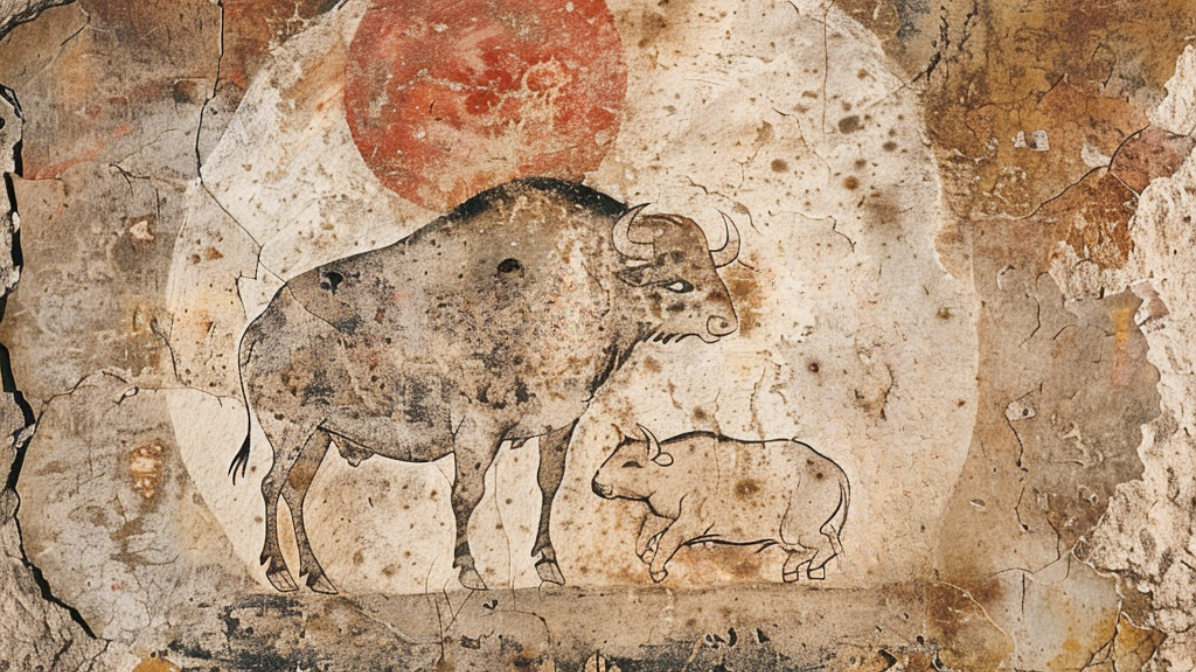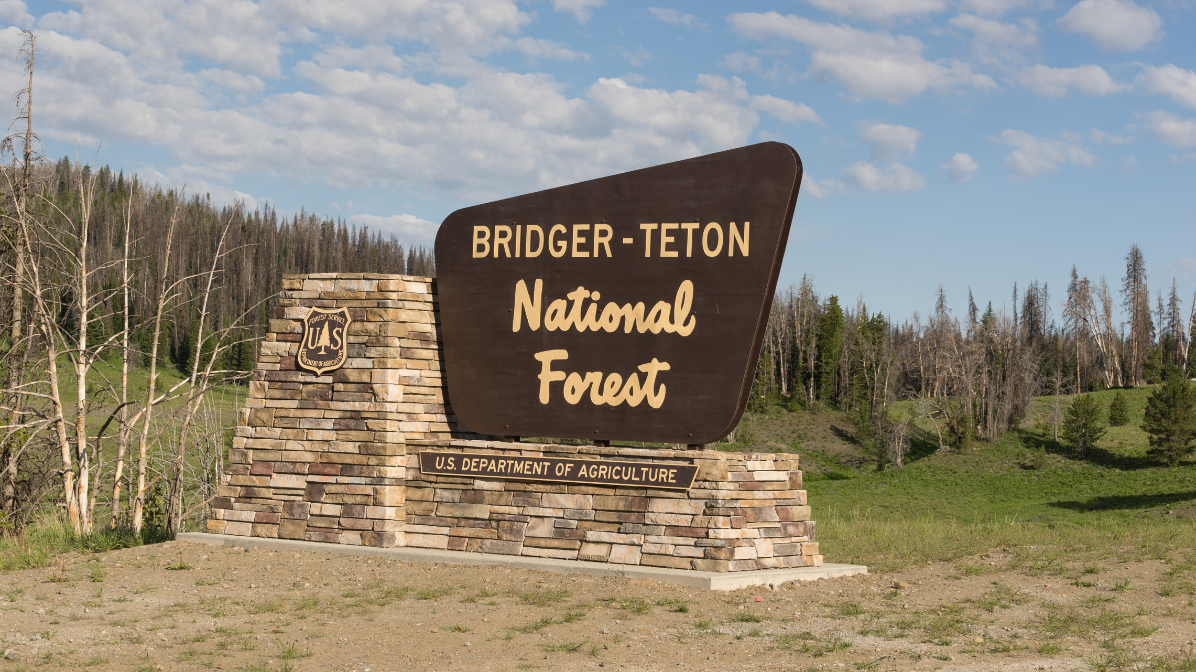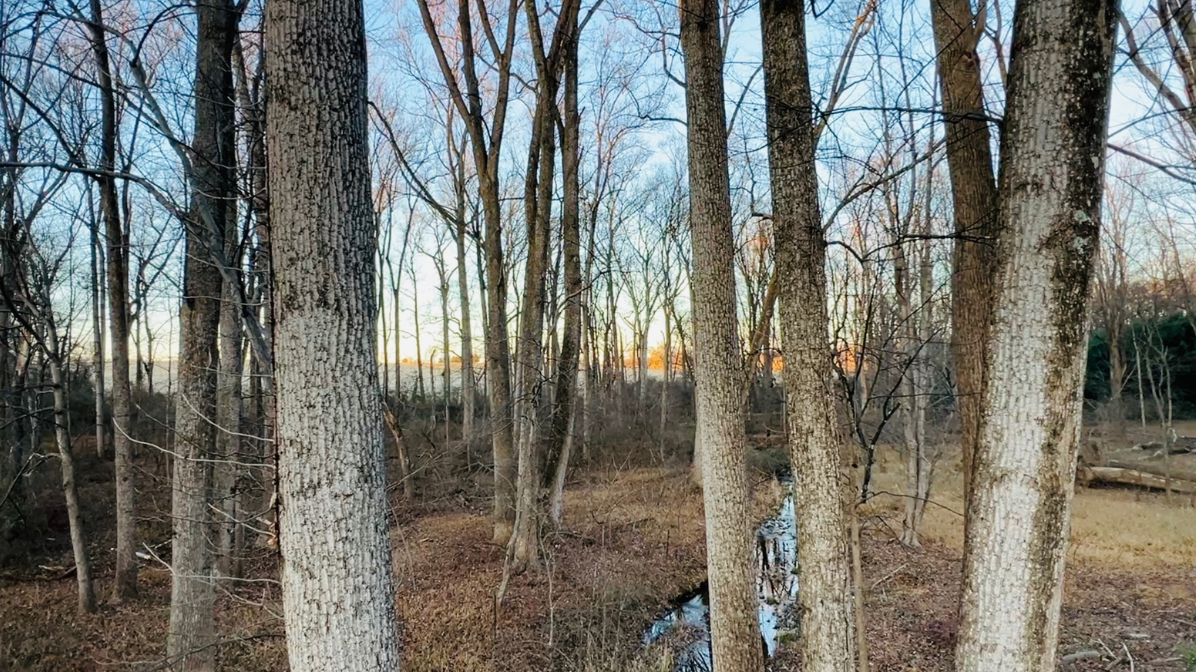Yellowstone Confirms Rare White Buffalo Calf: A Sacred Event

In the news
In the early days of June, a rare white buffalo calf made its appearance in Yellowstone National Park, an event steeped in cultural significance and natural wonder. The park confirmed the birth of the calf on June 4, following multiple credible sightings reported by visitors, wildlife watchers, and researchers. Photos sent to Yellowstone’s Center for Resources Bison Management Team helped verify this extraordinary occurrence.
A visitor, among the first to capture the calf on camera, noticed an unusually white figure among a herd of bison while visiting Lamar Valley in the park's northeastern corner. As traffic halted for the bison crossing, the witness used a telephoto lens to get a closer look and was astonished to see the white calf.
“It was like seeing a ghost,” the visitor recounted, reflecting on the rare sight. She and her family watched the calf and its mother for about 30 to 45 minutes before they disappeared into the willows. Despite returning over the next two days, the witness did not see the calf again.
Yellowstone staff have yet to locate the calf themselves and note that it has not been spotted since June 4. The birth of a white buffalo, a symbol of hope and renewal in Native American culture, has captivated the park's community and visitors alike, adding a layer of mystique to the sprawling landscape of Yellowstone.

Exactly How Rare is a White Buffalo?
The birth of a white bison calf in the wild is an exceedingly rare event, believed to occur in about one in a million births, if not less frequently. Experts in the field acknowledge the difficulty in quantifying the rarity, noting that no comprehensive records exist tracking the birth of white buffalo throughout history, making any determination of its frequency challenging.
Currently, about 80 tribes across the United States manage more than 20,000 bison, a number that has been growing. Additionally, public lands and conservation groups maintain herds. In Yellowstone and its surrounding areas, the annual removal or culling of bison occurs under an agreement between federal and Montana agencies, aiming to keep the park's herd size around 5,000. During the winter of 2023, over 1,500 of Yellowstone's bison were culled, sent to slaughter, or transferred to tribes.
The birth of the white bison calf may signify the presence of a natural genetic legacy preserved within Yellowstone's bison population, a legacy revealed through the successful recovery of their numbers in the park. "The birth of a white bison calf in the wild is a landmark event in the ecocultural recovery of bison by the National Park Service," park officials noted. The calf's birth serves as a poignant reminder of the need for respectful coexistence. "I hope that calf is safe and gonna live its best life in Yellowstone National Park, exactly where it was designed to be," reflected one observer.
The Legend of the White Buffalo Calf
As the story goes, in the heart of the Great Plains during a time when the Native peoples faced great hardship, the legend of the White Buffalo Calf was born. Two young hunters ventured out, driven by a desperate need for food. They encountered a woman of extraordinary beauty, adorned in pure white, who revealed herself as the White Buffalo Calf Woman. She brought with her a sacred bundle containing the Chanunpa, the sacred pipe, and imparted the knowledge of its use in prayer and ceremony. She taught them the ways of living in harmony with nature and each other, emphasizing the sanctity of all life. Her teachings became the cornerstone of their spiritual existence.
Before departing, she promised to return and transformed into a white buffalo calf, vanishing into the horizon. Her departure left the Sioux with hope and a prophecy that the birth of a white buffalo calf would herald a time of peace and prosperity. Such an event, rare and revered, continues to be celebrated by Native Americans, seen as a fulfillment of her promise and a reminder of the sacred teachings she left behind.
In the simple, unadorned style of the old Lakota tales, the story of the White Buffalo Calf Woman remains a poignant reminder of the interconnectedness of all life, the sanctity of the earth, and the enduring hope for renewal and harmony. For the Lakota, the birth of a white buffalo calf with a black nose, eyes, and hooves is akin to the second coming of Jesus Christ. Many other tribes have their own sacred stories about white buffalo, all emphasizing their profound significance.
To truly understand the rarity and significance of the white buffalo, one must first look to its kin—the great American bison. These mighty beasts once roamed the vast expanses of the continent, their presence a testament to the wild and untamed spirit of the land. Their story is etched into the very soil of North America, a saga of survival and endurance. Let us journey into the world of the American buffalo, where legends are born and the past and present converge in a dance of life and rebirth.

The American Bison: A Keystone Species of the Plains
The American bison, often called the buffalo, stands as a symbol of strength and endurance in North America. These formidable creatures once roamed in vast herds across the continent, from the frigid expanses of Alaska to the sun-soaked plains of northern Mexico, spanning the Great Plains to the eastern forests. Males, known as bulls, can tip the scales at 2,000 pounds and reach six feet at the shoulder, while females, or cows, are somewhat smaller, weighing in at around 1,000 pounds. Their iconic appearance features a distinctive hump on their shoulders, a large head with short, curved horns, and a shaggy coat that thickens in the winter.
Historically, bison shaped the landscape of North America. Today, they find refuge primarily in national parks and reserves like Yellowstone, where they roam under protection. These herbivores primarily graze on grasses, though in lean times, they will consume herbs, shrubs, and twigs. Bison live in matriarchal herds, with males joining only during the breeding season to compete for mating rights.
In the cultural fabric of Native American tribes, the bison holds a place of profound significance. It provided food, clothing, shelter, and tools, becoming integral to their way of life and spiritual practices. By the late 1800s, bison faced near extinction due to overhunting and habitat loss. However, early 20th-century conservation efforts have revived their numbers, with about 500,000 bison now in North America, although only 30,000 are part of conservation herds free from domestic cattle genetics.
Protected areas like Yellowstone and the National Bison Range in Montana are vital for their survival. Efforts to preserve the genetic integrity of these herds continue, aiming to protect them from hybridization with domestic cattle. As a keystone species, bison play a crucial role in the Great Plains ecosystem, their grazing patterns shaping the landscape, promoting plant diversity, and providing habitat for other wildlife.The American bison’s story is one of survival and resurgence, a testament to the enduring spirit of nature.
Yellowstone’s Significance: An American Treasure, Home to Legends

Yellowstone National Park, the world’s first national park established in 1872, stands as a testament to the pioneering spirit of conservation. This vast wilderness, with its diverse ecosystems, hosts a rich array of wildlife including bison, grizzly bears, wolves, and elk, all thriving amidst its forests and geothermal wonders. The park's geothermal features are legendary, with geysers like Old Faithful and numerous hot springs, mudpots, and fumaroles, all sitting atop the immense Yellowstone Caldera, one of the largest active volcanic systems on Earth.
For thousands of years, Native American tribes revered this land, utilizing its resources and considering it sacred. The creation of Yellowstone marked the dawn of the conservation movement, an idea that natural wonders should be preserved for future generations, influencing national and international policies. The park's significance extends to scientific realms as well; it serves as a living laboratory for geological and ecological research, offering invaluable insights into volcanic activity and wildlife dynamics, particularly with the notable reintroduction of wolves in the 1990s.
Tourism flourishes in Yellowstone, drawing millions who come to witness its natural splendor, partake in hiking, camping, and educational programs. These programs highlight the park's role in environmental stewardship, teaching the importance of preserving such pristine landscapes. Yellowstone's story is one of nature's resilience and humanity's responsibility to protect and cherish it for the endless lessons and beauty it offers.
In Conclusion
As we leave the realm of the American bison and the rare white buffalo, we are reminded of the enduring spirit of the wild and the delicate balance between legend and reality. These creatures, both common and extraordinary, tell a story of survival, resilience, and the deep connections that bind us to the earth. Yellowstone stands as a beacon of conservation, preserving the mysteries of the past while offering hope for the future. Here, legends are born, and nature’s grandeur unfolds in its rawest form.
Thank you for journeying with us through this story of strength and renewal. We invite you to follow us on socials and subscribe to our page to stay updated on our adventures and our efforts to shed light on conservation. Stay tuned for more stories about the great outdoors, wildlife preservation, and the awe-inspiring beauty of our natural world.



